This year is a big year for England’s literature greats. Widely celebrated is Shakespeare400 both in Stratford upon Avon and in London, to commemorate the 400th year after his death on the 23 April.
However there is one other literary master who also died on this day 234 years after Shakespeare – William Wordsworth.
As part of our effort to ‘love the north‘ and support those who are still recovering from the December floods, we paid a visit to the Lakes District. From Keswick to Cockermouth, to Grasmere to Ambleside.

The last time I was in the region was ten years ago, when I visited Windermere following Beatrice Potter’s tales of Peter Rabbit and friends.
I remember the light blue sky reflecting off the still waters of Lake Windermere and of narrow streets that snake through charming villages with slate built houses and stone walls.
Things haven’t really changed that much over the past ten years, I still find myself stopping once in a while to just look out to the different lakes, and listen to the wild bird calls while I take the chance to breath and rest my driving arms.
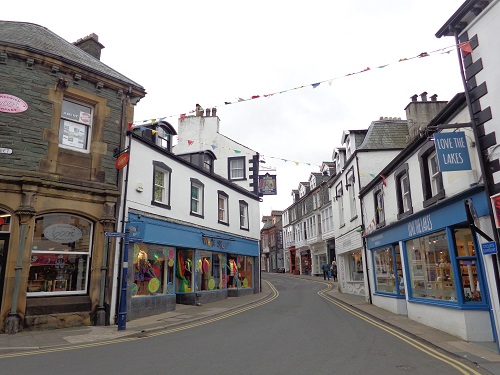
We took a good look around the northern Lakes – staying on a campsite in Keswick so we can check out places like Cockermouth – the birthplace of Wordsworth.
We visited the house where he was born, learning about the lives of the Wordsworth family, and admired the view of the river from the backyard that have inspired many poems written by Wordsworth.
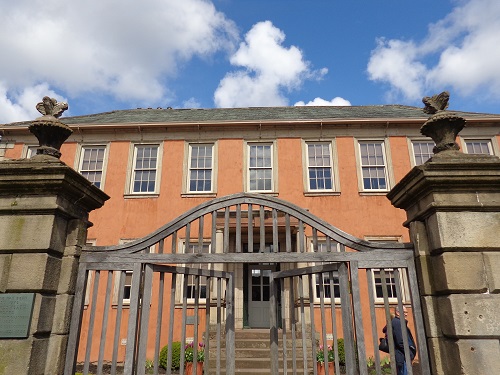
There isn’t much of the original furnishing from the time the Wordsworth family had lived here, as this house did not belong to the family but to the land lord of whom William’s father worked for.
We were however assured that the current furnishing is according to the period when the family would have lived here, and was also treated to a talk about William’s life.
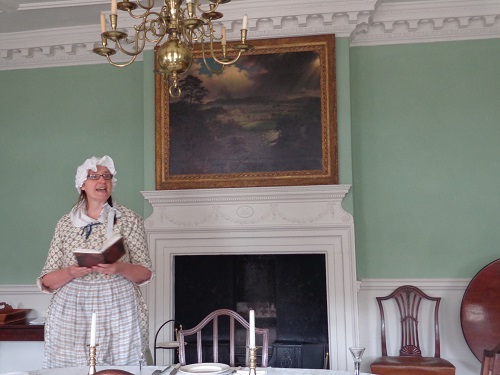
Across the road watching the house is a statue of Wordsworth himself.
I asked the staff at the Wordsworth house whether the town had celebrated the anniversary of his death as how Shakespeare has been celebrated this year?
“Not really” came the reply. “We are all still busy recovering from the floods and many businesses have left the area because they’ve simply had it with the elements, so people in town have not been in a celebratory mood this year.”
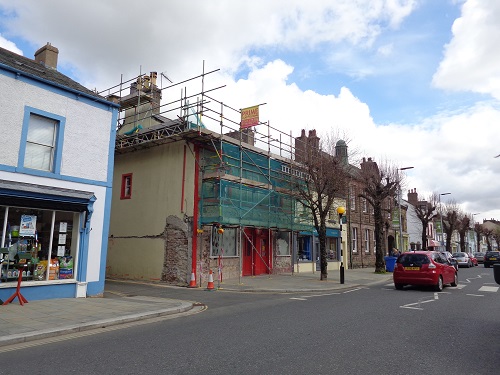
As a town, Cockermouth had a light buzz about it. Parts of the high street is thriving with busy pubs and cute little cafes and bakeries, however this is also where the effect of the heavy floods from December are still evident: watermarks are still visible on the walls, high street shops boarded up and closed indefinitely and the number of road closures surrounding the town.
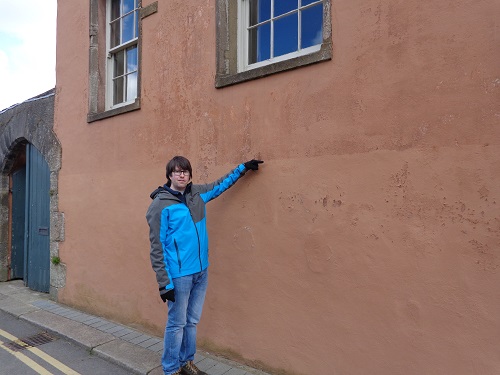
The two rivers – River Derwent and River Cocker – flowed gently during our visit with bright yellow daffodils swaying in the wind and blossom petals rain like snow from their trees, showed no sign of the fierce force of the water that submerged the entire town 5 months ago.
I wonder if Wordsworth ever experienced any natural disasters like it, and if he would have written about it.
From Cockermouth, we follow the Wordsworth trail to Grasmere where he lived and died, via Keswick and passing the lovely Ambleside along the way.
At the time, the main artery from the north to the south lakes the A591 was still closed due to rebuilding works from the severe floods, so we were forced to drive on the A592, a smaller pass where we encountered some interesting weather such as snow storms!
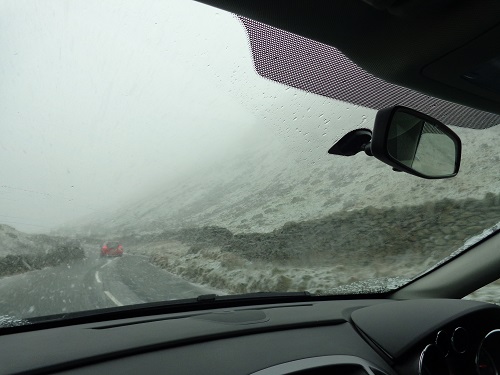
However, the allure of the lakes is evident as we trace the shores and drive through small villages as we made our way through. And there are little surprises at every turn when you are willing to look for it.
For example, near Keswick is a ring of stones called Castlerigg stone circle. I bet you’ve never heard of it, but similar to the famous Stonehenge (which are completely two different things technically) which was used for reasons unknown, this circle dates back to the Late Neolithic and Early Bronze Ages.
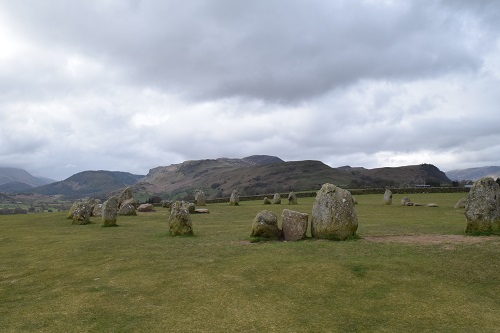
Walking around it I couldn’t shake off the feeling that I was some place sacred, just as the lakes is sacred to the artists, writers and poets that lived here.
Surrounded by the quietness of nearby farms and hills on the horizon it was the perfect place to stop and breath.
It’s such little places like the stone circles that made me fall in love with the lakes district in the first place. The entire lakes region is as charming as I remembered it from my first visit, full of lush green rolling hills, sparkling waters of the lakes, pleasant old towns and villages and great old pubs.
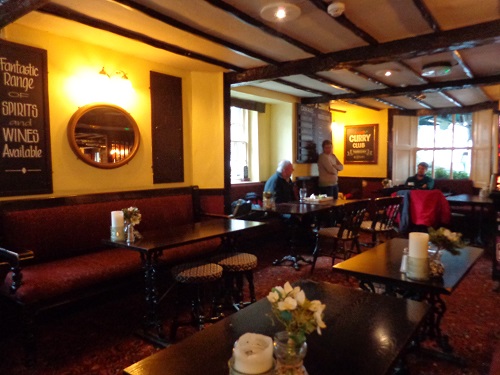
Having survived the horrible snow driving experience on the way, we stop for a pint and a bite to eat at the Royal Oak in Ambleside – the pies and the snags are particularly good in this part of the UK – a pub meal is one of the great experiences you must have when travelling around England, where warm meals are served by welcoming locals.
Ambleside is charming. Ok, so I can’t help over-use the word charm, but that’s what the lakes region is. It’s full of charm. The houses built with slates, narrow streets, little boutiques and pubs and locals that say hi to everyone as they walk past. It’s that Ann of Green Gables type of charm that you just can’t shake off!
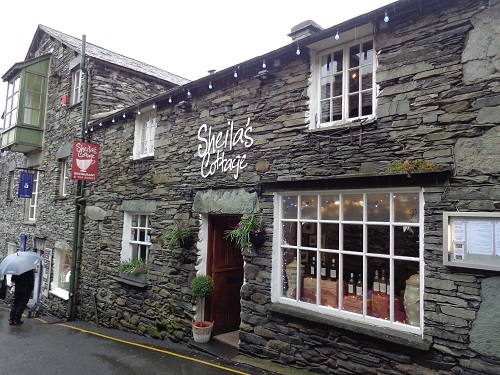
As we ate, rain drizzled outside the windows and created a particularly romantic image that we associate so much with England and I think, it’s no wonder the writers and artists are drawn to this part of the country – and wondered perhaps, I should consider relocating here too.
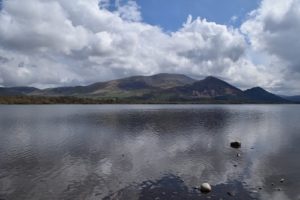
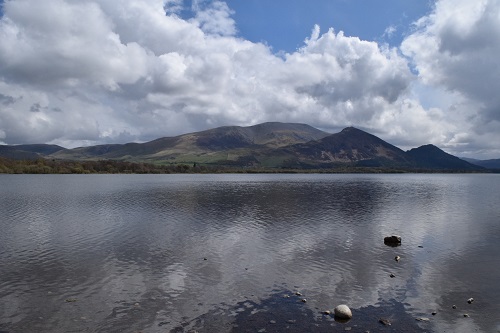
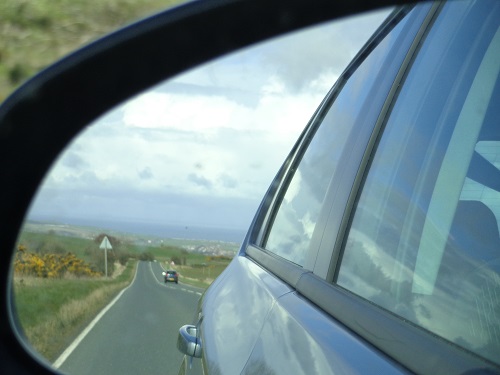 Road trip through north England? Let’s talk about the weather first.
Road trip through north England? Let’s talk about the weather first.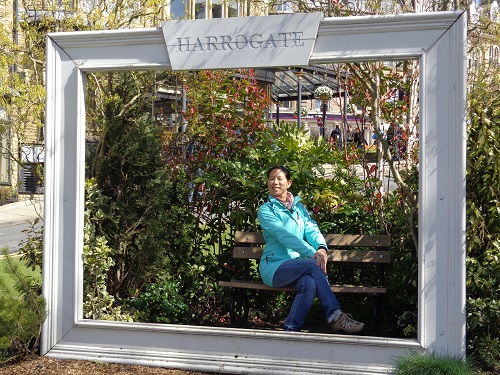
Share your thoughts below!